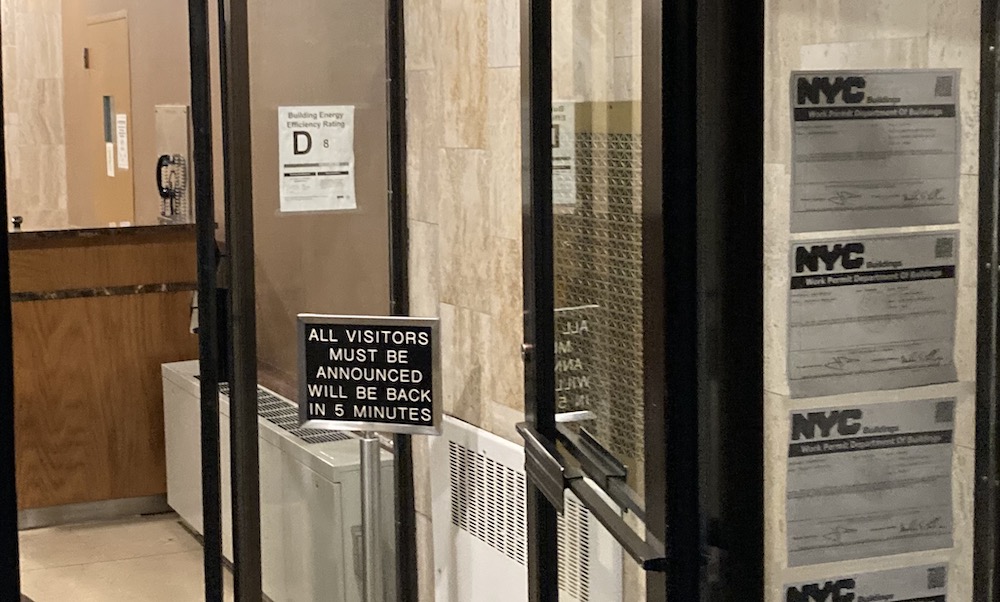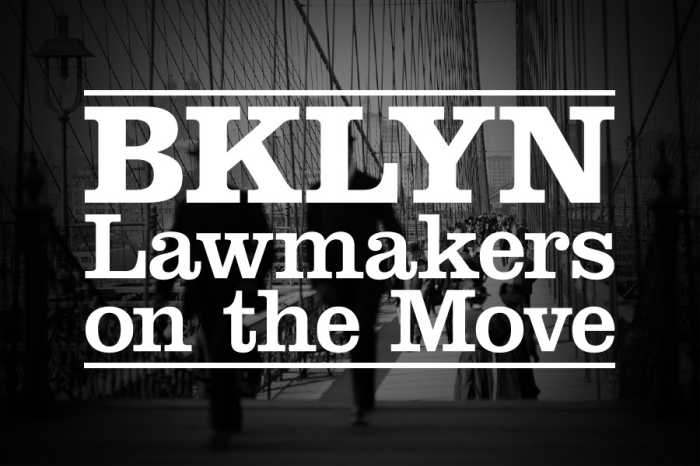New York City’s new environmental grading system is being met with mixed reactions from building owners. The new system gives buildings across NYC grades ranging from A to F, depending on various factors including energy and water consumption.
The grading system is part of the City’s Climate Mobilization Act, passed by the City Council in April 2019 as part of the Mayor’s New York City Green New Deal. The grades are meant to spur renovations and process improvements at sites across the city that exceed 25,000 square feet.
“Our letter grade signs provide a new level of transparency for building energy emissions, giving owners and tenants information they need to take action to reduce their energy consumption,” said City’s Department of Buildings (DOB) Spokesperson Andrew Rudansky. “The public has a right to know which large buildings in our city are taking their commitment to sustainability seriously.”
An energy efficiency score is the Energy Star Rating that a building earns using the U.S. Environmental Protection Agency (EPA) online benchmarking tool, Energy Star Portfolio Manager, to compare building energy performance to similar buildings in similar climates.
However, Jordan Barowitz, Vice President of Public Affairs for the Durst Organization – a building ownership and management company – says the grading efforts are misleading and have failed to reflect the true sustainability and green infrastructure in many buildings across the city.
“The problem is that the metric doesn’t measure efficiency,” Jordan said. “It actually punishes efficiency.”
Barowitz says the methodology favors buildings that use less energy, without factoring in how many people are using the space, or without acknowledging the efficiency of the building’s energy consumption.
Barowitz points to One Bryant Park, a Durst property. While currently unscored on the Mayor’s Office of Sustainability website, Barowitz says the building has been justly recognized.
One Bryant Park has a LEED Platinum certification from the US Green Building Council, the highest marks a building can receive from the Council. The building has an onsite cogeneration plant that Barowitz says is state-of-the-art in green technology, as well as onsite water filtration and recycling programs.
Despite these investments, Barowitz says the City’s new system has failed to reward them with a sufficient grade.
Daniel Zarrilli, the former Chief Climate Policy Advisor to Mayor Bill De Blasio, and architect of much of the City’s green initiatives, says that the grading is key for transparency and disclosure, to educate both owners and tenants alike.
“The impact that I’ve seen is when the CEO or the building owner walks into the lobby and sees the score, it kind of gets their attention. And so it has the effect of getting them to ask the question of, ‘Hey, why are we, you know, why is my score, whatever it is? And what can we do to fix it?’ Because I think they see the public impact of that.”
But Barowitz says the system has failed to engage tenants the way they intended.
“There have been tenants [who] have asked us about it. Inquiries sure,” Barowitz said of their largest tenant, Bank of America, which rents about 1.5 million square feet in the building. “Their operations and real estate people are pretty, pretty sophisticated. So they understand this conundrum.”
The NYC Department of Buildings and the Mayor’s Office of Sustainability did not respond to direct questions about complaints from building owners, and whether their system accurately reflected the state of the City’s building stock.







